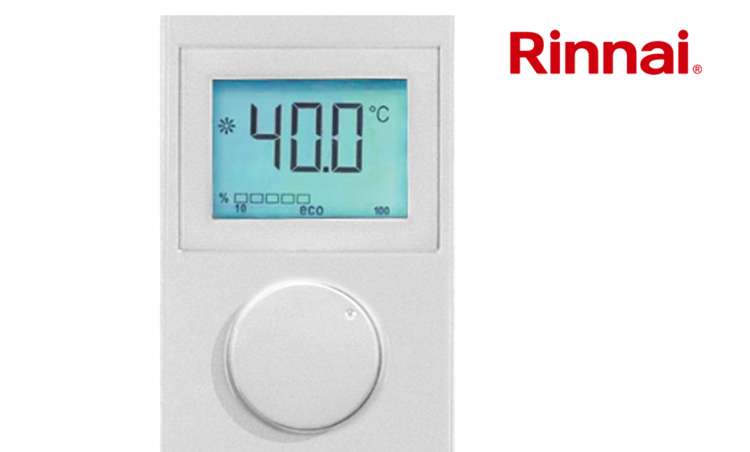Glazing Set to be Amazing

24 June 2016 | Updated 01 January 1970
The advanced glazing system market is expected to see a strong growth in the coming years due to the rising energy prices and uncertainties about future energy supply.
The findings come from a report by Persistence Market Research (PMR) a ‘third-platform’ research business that believes an advanced glazing system (AGS) has great importance due to its ‘deep impact’ on total building energy performance and thereby create good business opportunities for a wide variety of companies.
The thrust of the report’s argument is that an AGS provides several benefits, e.g. passive solar heat gain, electric lighting power reduction and view. One of the major influencing factors for this sector is the restructuring and refocus of the current and future construction market.
Basic performance demands
In the past, code mandated building energy requirements was ‘moderate’ and the majority of insulated glass systems could meet these basic performance demands.
However with the increase in the demand for green or high performance buildings that mandated energy efficiency beyond code minimums. In the majority of cases, the total building consumption must be reduced by 15%-40% and with the help of AGSs it can be achieved. The other major influencing factors for this sector are the shift from new construction to retrofit construction activity.
Huge market opportunity
New buildings represent only a small share of the U.S. building market while retrofitting provides a huge market opportunity for owners, green builders and energy service provider companies.
In the current situation, energy focused and green building holds around 5% to 8% of the retrofit and renovation market activity by value in the U.S. By the end of 2014, it is projected to increase by 20%-30%. The American Recovery and Reinvestment Act (ARRA) which will provide significant funding for renovations to federal buildings that will further, boost the market for AGSs. Many other businesses, e.g. conventional window manufacturer and suppliers, metal companies, solar panel and solid-state lighting firms can benefit from the AGS market
Breakdown of sectors
On the basis of end user type, the international AGS market can be bifurcated into three types:
Commercial buildings,
Industrial buildings.
Residential buildings.
Based on the technology, the global AGS market can be divided into three types:
Dynamic glazing technologies.
Multi-functional AGS.
Next generation thermally insulated windows.
Based on the materials, the global AGS is segmented into three types:
Sealants.
Polyethylene terephthalate (PET) and polyvinyl butyral (PVB).
Specialist glasses.
In terms of geographical use, North America and Europe dominate due to increased demand for green and zero energy buildings. The U.S. represents the largest market, followed by Canada in North America. In Europe, France, Germany, Italy, Spain and the UK hold a major share in the market. However, Asia-Pacific is expected to show high growth rates in the next five years in global advanced glazing system market.
Picture: A PMR report into advanced glazing systems shows that potential growth is almost certain due to price increases and energy shortages
Article written by Robin Snow | Published 24 June 2016


.gif)
.gif)
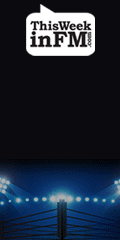
.gif)
.png)



.png)


.png)

.png)

.jpg)
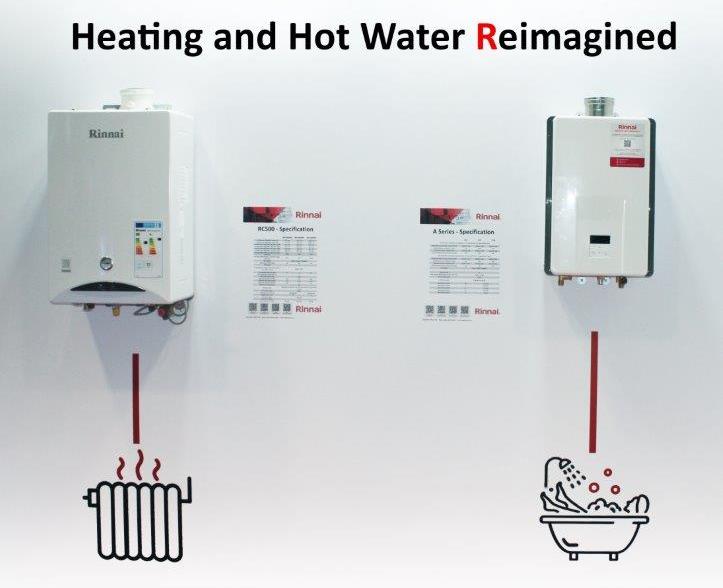
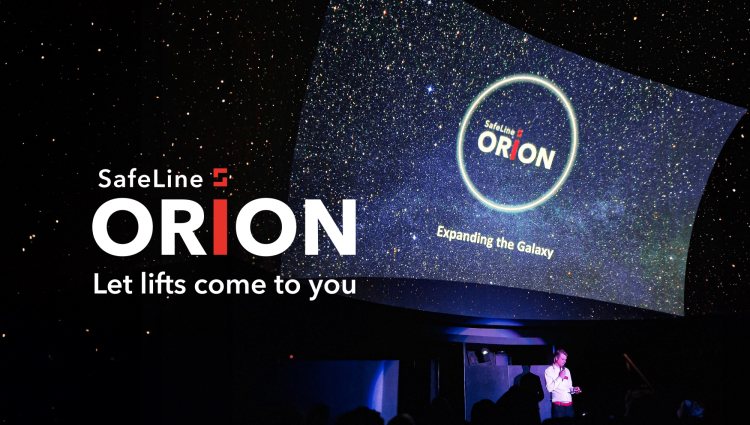
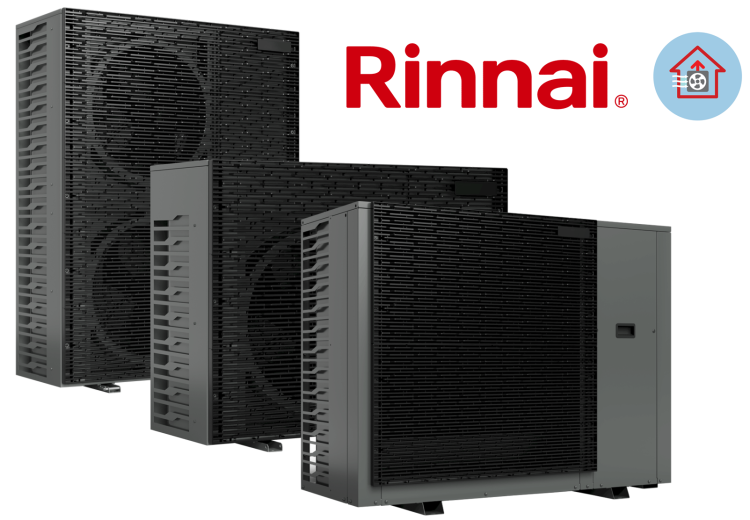
.jpg)
